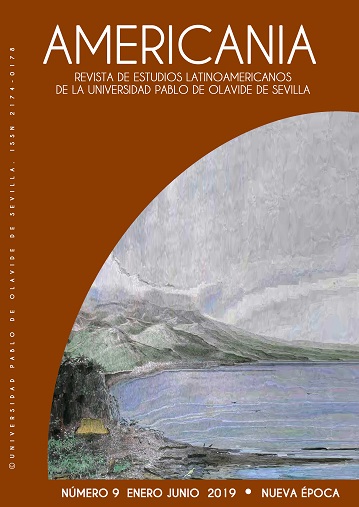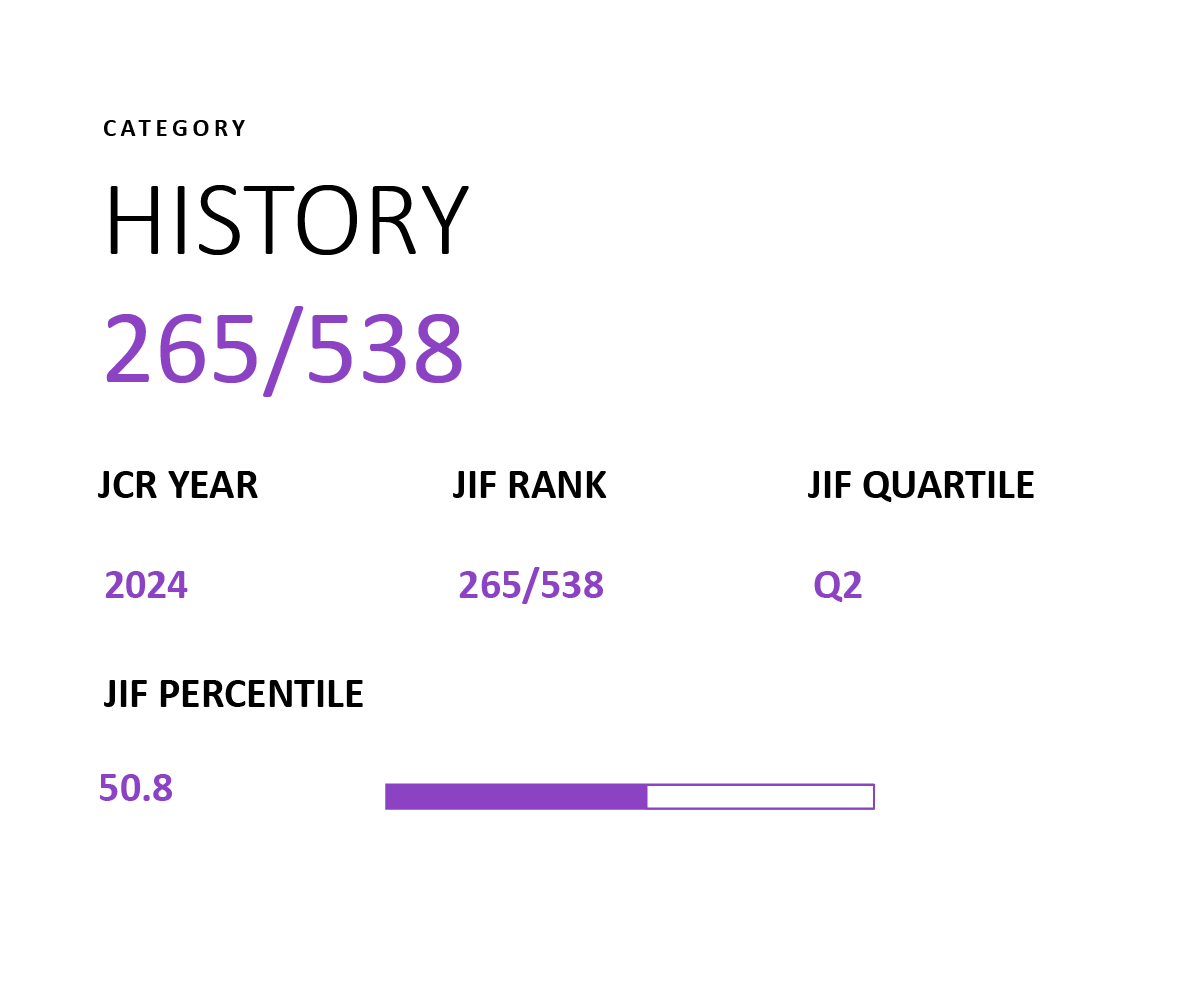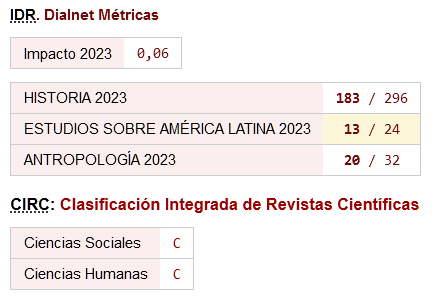The Not Disappeared Indians or Indigenous People and the population censuses carried out in nineteenth century Ecuador
Abstract
This article aims to suggest a research methodology on demographic history in Ecuador in the second half of the nineteenth century, starting from the analysis of the state of the issue in historiography, with special attention to indigenous censuses after the abolition of the Tribute of Indians in 1857, in which indigenous populations seem virtually to disappear from the records. The gap of studies on the subject is the trigger that gives rise to this work, a gap that finds its raison d'être in the general ignorance of the historiography of the archives and sources conducive to the study of the Demographic History of Ecuador at the end of the nineteenth century. For this reason, a study is proposed that combines parish and territorial archives with different public initiatives such as the national censuses ordered by the presidency or the fleeting Statistical Offices. With this, the quantitative and quantifiable pieces of the demographic and socioeconomic puzzle of nineteenth-century Ecuador could be brought together.
Downloads
Downloads
Published
How to Cite
Issue
Section
License
Unless otherwise indicated, all contents of the electronic edition are distributed under a "Creative Commons Attribution-NonCommercial-ShareAlike 4.0" (CC-BY-NC-SA) licence. (CC-BY-NC-SA). You can consult the informative version and the legal text of the licence here. This must be expressly stated in this way when necessary.
In any case, the authors retain all rights to the published texts.










